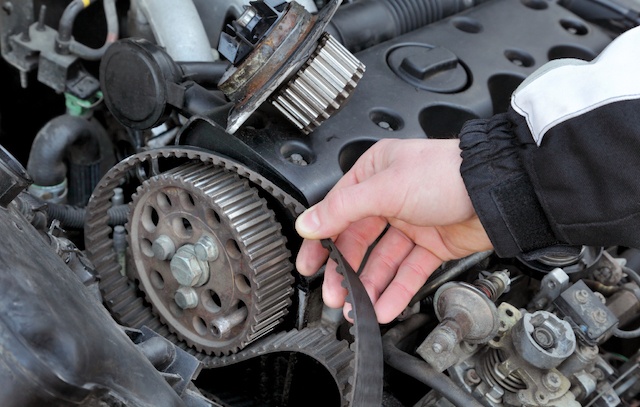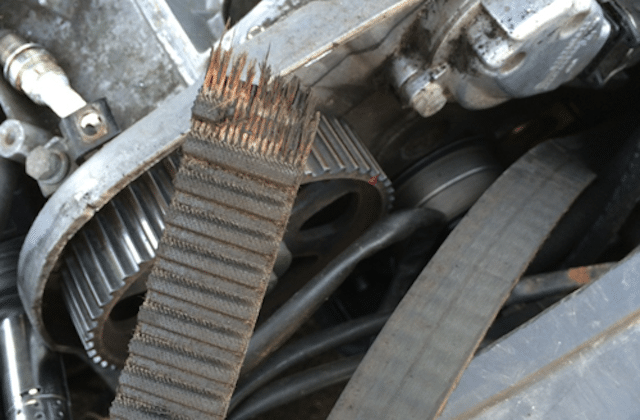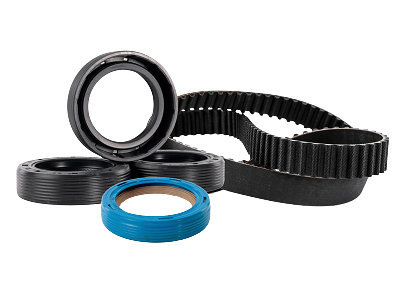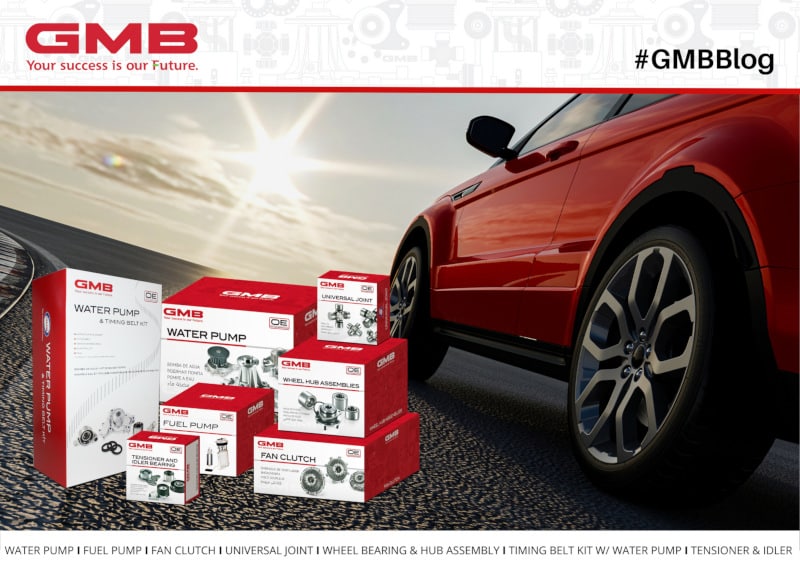The High Cost Of Putting Off Timing Belt Replacement
When it comes to your engine, there are very few maintenance parts more important than your timing belt. In many cars, timing belts are rubber belts with teeth designed to help your engine keep the valves in time with the pistons. Modern technology allows many timing belts to last up to 100,000 miles of reliable driving. When a timing belt fails, it can be one of the worst failures your engine can experience. In many cases, a broken timing belt can mean your only course of repair is an entirely new engine. Read on to learn more about properly maintaining and caring for your timing belt.
How A Timing Belt Works

To put it simply, a timing belt works by keeping all the significant components of your engine in time. As the crankshaft turns, the timing belt also turns any camshafts which keep your valves opening and closing at the proper time. When a timing belt fails, the camshaft and valves suddenly become out of sync with the pistons. In most engines, the valves will collide with the pistons. This it can bend valves and/or cause damage to the tops of the pistons. The engine will stop running when this happens. Timing belts can also slip, but not fail entirely. This will cause the engine to run poorly or not at all. If you think your timing belt has slipped, check out this post about diagnosing timing issues. You’ll want to watch for:
- Engine stalling
- Engine shaking
- Sluggish acceleration, or no acceleration
- Difficulty starting the engine, sometimes after stopping the vehicle
Many older engines have a non-interference design. In the case of a non-interference engine, the valves will never come into contact with the piston. However, if the timing belt breaks, the engine will still stop running. If you think it’s time for a new timing belt in your vehicle, check out this link to all our offerings.
Why You Should Change Your Timing Belt On Time

As we mentioned above, timing belts are made of a rubber material. While the timing belt is hidden deep within your engine, it is also subject to heat stress and wear and tear. Over time, they degrade, and will eventually fail altogether. When the timing belt fails, your vehicle will be inoperable immediately, and you can only hope the engine has not had any internal damage.
You may have noticed that many vehicles have a 60,000 mile power train warranty, and some have a 100,000 mile warranty. Part of the reason these warranties end when they do is that OEM’s don’t trust the timing belt to last much longer than their warranty, and they don’t want to be on the hook for a new engine. If they don’t trust the timing belt to last longer than their warranty, you shouldn’t either.
Another important aspect of proper timing is ensuring adequate tension on the belt. Learn more about tensioning your timing belt here. Also, whenever you replace a timing belt, you should always replace the tensioner and idler. Both these parts are subject to wear and tear due to:
- Corrosion
- Excessive looseness
- Too much friction
Although your tensioner and idler may seem to be ok now, they most likely won’t last until the belt is due to be changed again.

When it comes to OEM level parts, look no further than GMB. We’ve been in business since 1943 and have many years of experience in manufacturing timing belts and other engine components. With warehouses on both coasts, you can be confident your parts will arrive quickly. You can contact us here, or find our offerings here.
MORE CONTENT
Stay current!
Sign up here to get the latest news
and updates on all things GMB.
Sign Up To Receive GMB News & Updates!

